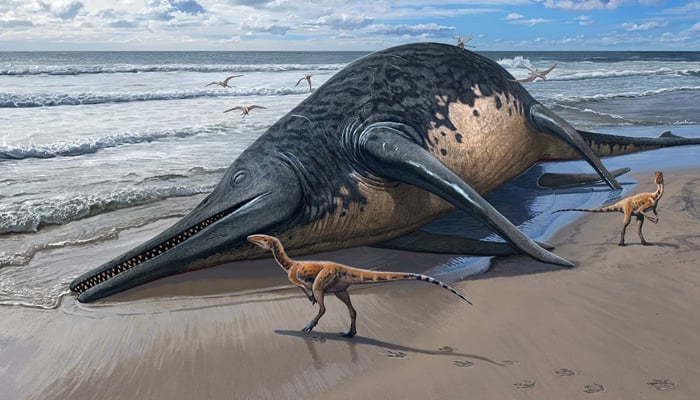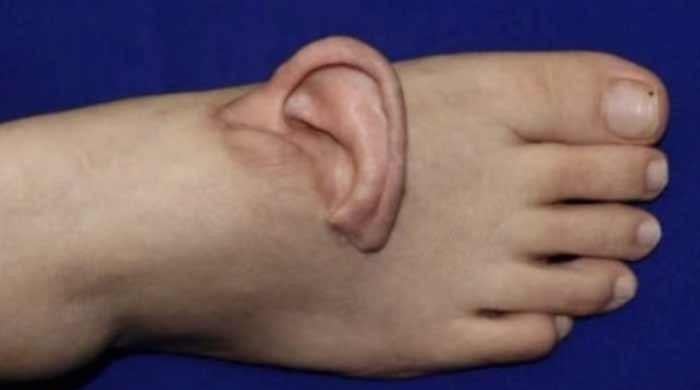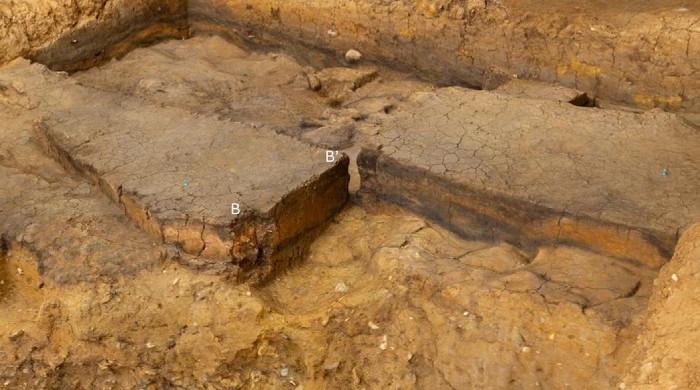This is how 11-year-old's finding resulted in massive fossil discovery
Fossil was discovered in 2020
April 18, 2024

Experts after analysing a fossil discovered by an 11-year-old child on a beach in Somerset anticipate that the historical remains could relate to a giant reptile that may have ever lived about 202 million years ago on Earth.
According to the scientists, it relates to a giant marine reptile Ichthyosaur, and were the contemporaries of the dinosaurs.
The species was named Ichthyotitan severnensis or the “giant fish lizard of the Severn”.
A co-author of the research Dr Dean Lomax was quoted by The Guardian as saying: "This giant probably represents the largest marine reptile formally described."
Dr Lomax, who is a paleontologist at the University of Bristol added: "Comparisons with fossils from other Ichthyosaurs suggested the creature would have been about 25 metres in length – about the size of a blue whale."
"Of course, we have to be careful with such estimates because we are dealing with fragments of giant bones," Dr Lomax said.
"Nonetheless, simple scaling is commonly used to estimate size, especially when comparative material is scarce."
The team also concluded in the study published in the journal Plos One that at the time of its extinction, it was still growing.
"We believe these Ichthyosaurs are the last surviving members of the family called Shastasaurida, which went extinct during the global mass extinction event at the end of the Triassic," said Lomax.
The fossil was discovered in 2020 by the then 11-year-old Ruby and his father Justin Reynolds.
Their findings match with those of an expert from the Museum of Jurassic Marine Life Paul de la Salle who also discovered a jawbone in 2016.









